Good Night everyone for all of our friends who are at Blurtter and have been joining Blurtter for a long time, hopefully we are always healthy and can always carry out activities as usual. So on this occasion I want to write a little bit about Aphids | Photography | Macro hopefully later it can become a memory for myself, and for other friends who are already married, don't forget to also give directions and input if later in my writing there are still words- words that are not polite, therefore I apologize once again.
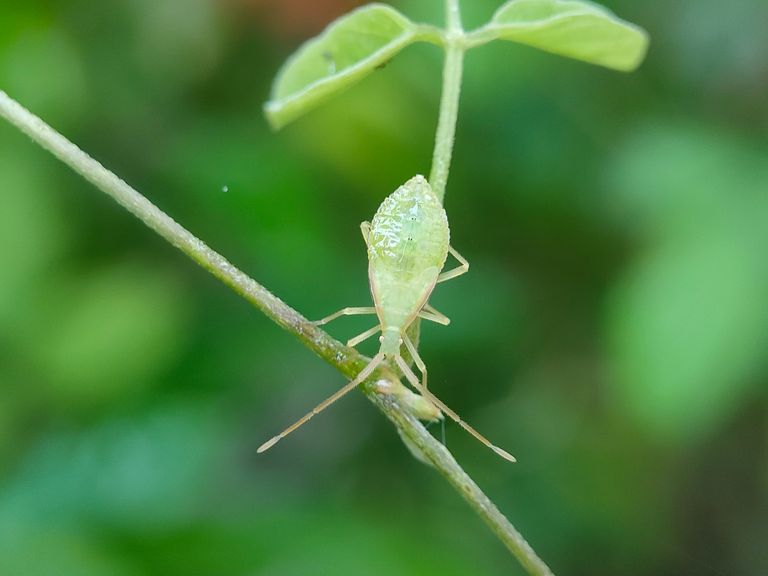
So today I will discuss one of the insects that I got one day, the name of this insect is daffodil, usually we get only the lice on the head, but this is a little different from the others, which is because the name is the same, it will but the types are very different. Aphids are a small insect species that eat plant sap around us, which aims to maintain their daily life. Aphids live in groups (colonies), black, brown or green. Aphids are small and range from 1 millimeter to 2 millimeters in length. Aphids have a dual role apart from being a pest as well as being a virus intermediary. Aphids produce only a few generations in a year. The first generation is the females that hatch from the eggs. During spring and summer the aphids reproduce only without going through the process of parthenogenesis. Each female aphids is capable of producing several offspring in a day and these form colonies of organisms with identical genes. When food becomes difficult to obtain, then male offspring are born. Aphids are one of the most destructive pests on plants. The damage they do to crops makes them enemies of farmers. Symptoms of aphids are young shoots and leaves that are young and curled. Aphids can also secrete a liquid containing honey with a sweet taste, so that it can invite ants.
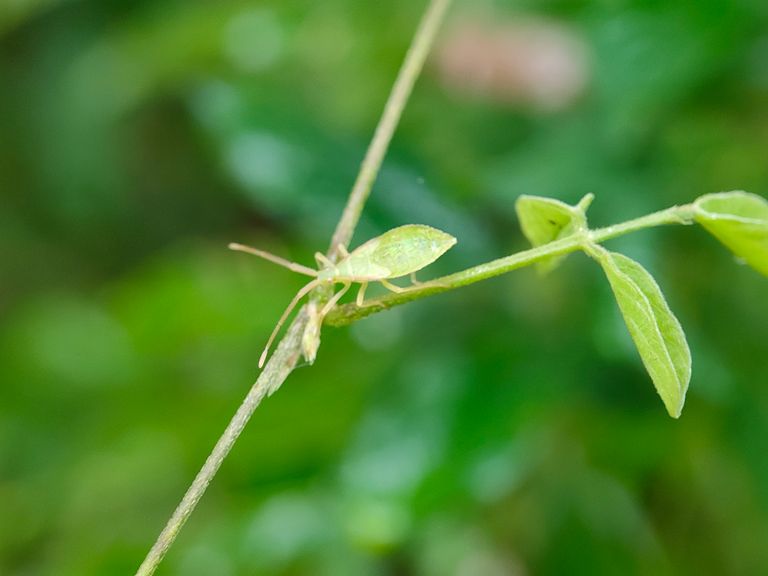
On the other hand, aphids are one of the chili plant pests that attack during the dry season. Aphids such as thrips and whitefly also attack almost all stages of the age of chili plants. Usually aphids that attack chilies include Myzus persicae (peach aphids) and Aphis gossypii (cotton aphids). Symptoms caused by aphids include leaves becoming wrinkled and stunted. The level of attack is severe, namely the plant can wither and even die. In addition, aphids are also known as vectors for several viruses, including PVY and PLRV viruses. Handling of aphids is divided into two, namely technically and chemically. Handling technically, namely by infesting natural enemies such as cresson, cutting off the affected parts if the attack is not too severe, and uprooting the plants that are attacked by pests if the attack is severe. Chemical control, use drugs containing insecticides.
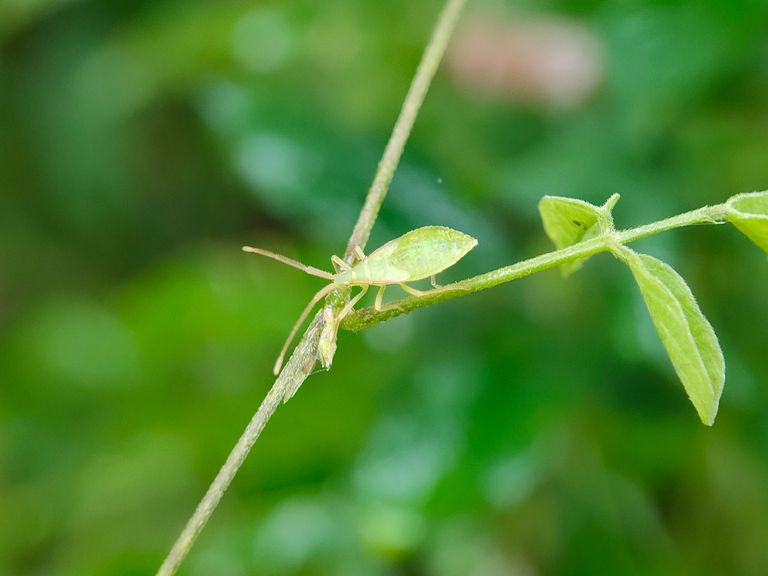
These aphids hide under the surface of the leaves because the way this pest infects is by sucking the liquid on the young leaves and causing the leaves to turn yellow and then dry due to lack of fluids (Pracaya, 2011:96). These pests are often referred to as shield fleas, because their body is covered by a layer of wax that looks compact like a shield. These fleas also attack old coconut leaves, causing yellowing of the leaves and eventually drying. These dry conditions cause these aphids to thrive in the dry season. These fleas are found on the underside of leaves in groups. This pest is also called Aphis watermelon, and Aphis cotton. Host plants include cotton, watermelon, potatoes, chilies, mustard greens, eggplant, okra, hibiscus, oranges, chocolate, coffee, and others. These aphids are cosmopolite and polyphagous. The leaves of the plant become curled inward, for example in cotton, watermelon and sesame plants. Rosella plants that are attacked by fleas have yellow and stunted leaves.
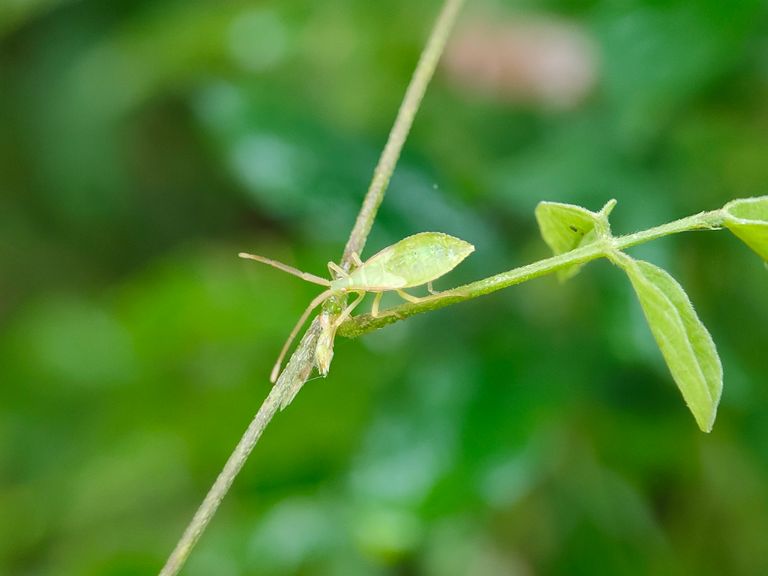
Blackman & Eastop said that aphids are between 1-6 mm in size, soft-bodied, pear-shaped, slow moving and usually live in colonies. Aphids have the shape of a head and antennae–tubercles that look flat, the length of the antennae is rather short, the tail shape is widened, the color of the body's skin varies according to the weather, namely, black, green, black, yellowish and yellowish green, where to live on the lower leaves (almost close to the ground). The morphology of the female aphids is round, flat, transparent, and white to gray in color with a diameter of approximately 1.8 mm, while the male aphids are oval and smaller than the females. Eggs are placed in the shield under the body. The egg to adult period reaches 1.5-2 months. The peak activity of this aphid pest occurs in the dry season. Aphids attack and suck plant fluids so that plants will lose and run out of fluids. Aphid attack causes the following symptoms: the plant wilts, the leaves curl and curl and eventually the plant dies. Mite attacks cause the affected plant parts (plant shoots, buds, and leaves) to wrinkle and curl or curl, change color and abnormal plant growth.
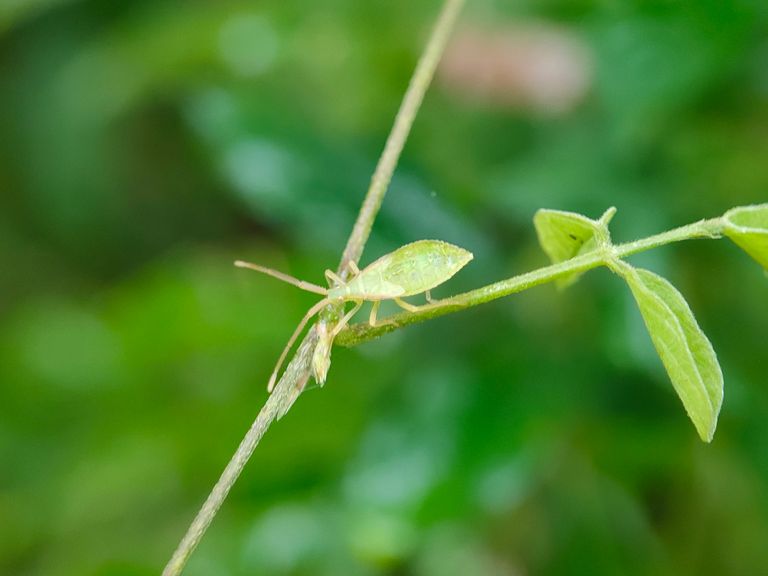
Aphids live in clusters on the underside of leaves. These aphid pests attack plant tissue that is still soft (plant shoots and young leaves). Heavy aphids attack occurs at the beginning of the dry season, when the air is dry and the temperature is high. Aphids attack plants by sucking plant fluids so that plants will lose / run out of fluids. Aphid attacks cause the following symptoms: wilted plants, leaves curl and wrinkle, shoots curl and curl, eventually the plant dies. Aphid pest control can be done by pruning the affected leaves, adjusting the appropriate spacing, and using insecticides, for example Tamaron, Pegasus, Omite 57 EC, Curracron, Kalthane 200 EC, or Supracide 40 EC. In addition, pest control can also be carried out biologically by spreading natural enemies such as tiger beetles (Menochilus sp.), Didea Fasciata sp. larvae, Chrysopa sp. larvae, and ladybugs.
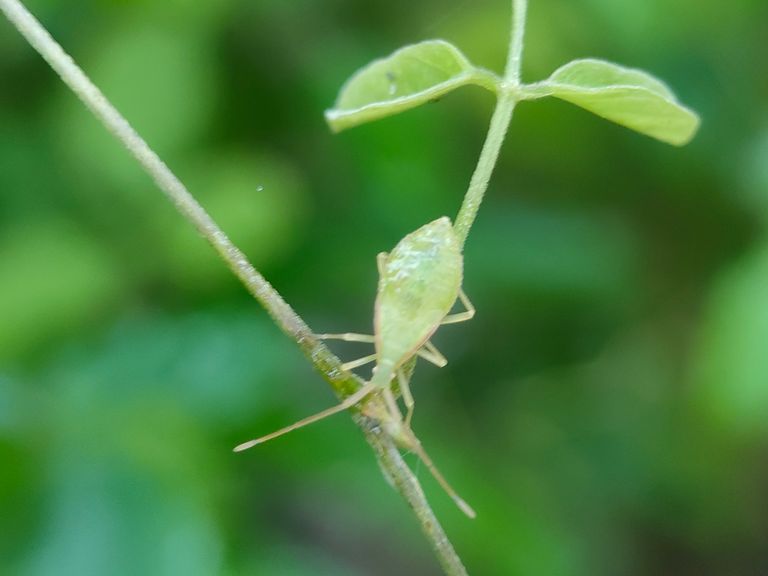
Insects have a certain temperature range in which they can live. Outside this temperature range, insects will freeze to death or overheat. The effect of temperature is clearly visible on the physiological processes of insects. At certain temperatures the activity of insects is high, but at other temperatures it will decrease (decrease). In general, the effective temperature range is a minimum temperature of 15 0C, an optimum temperature of 25 0C, and a maximum temperature of 450C. Humidity in question is the humidity of the soil, air, and places where insects live which are important factors affecting the distribution, activities and development of insects. An example of the effect of humidity on the development of insect pests, one example is the aphids. These insects are affected by their response to light, resulting in a type of insect that is active in the morning, afternoon, evening or night. Sunlight can affect its activity and local distribution. Wind plays a role in helping the spread of insects, especially for small insects. For example Apid (Homoptera: Aphididae) can fly carried by the wind up to 1,300 km. These aphids can spread from one place to another with the help of the wind.
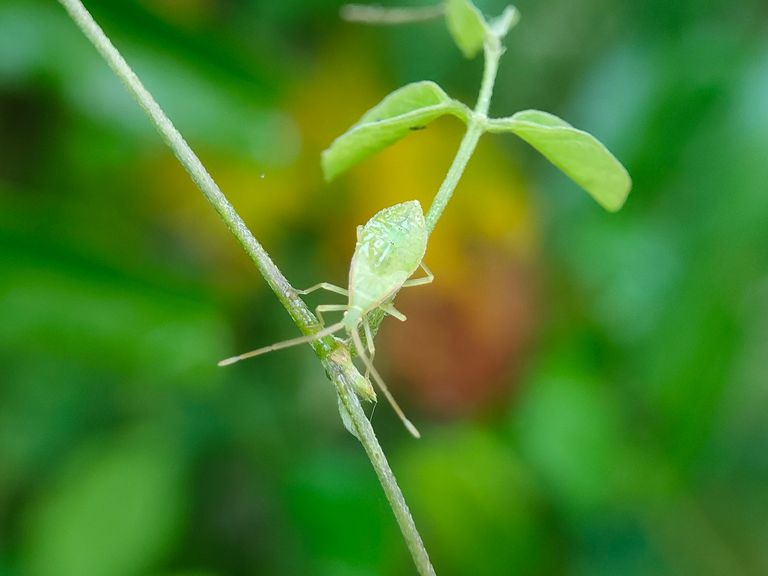
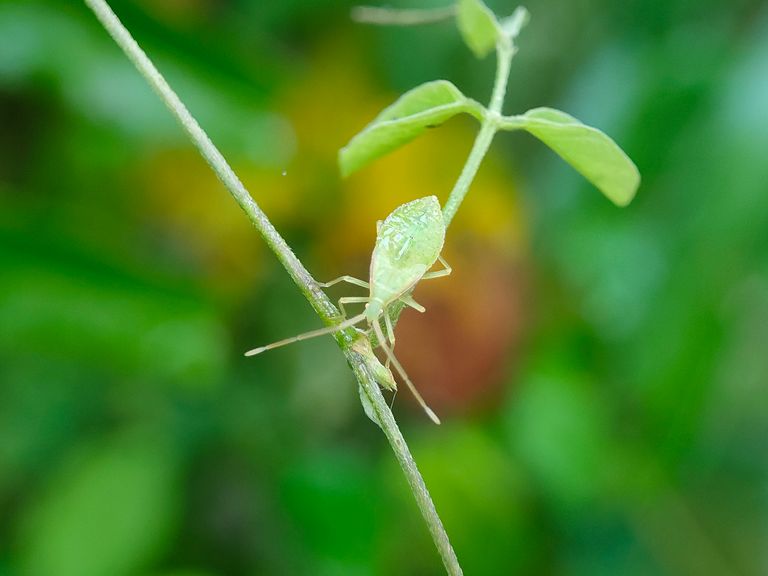
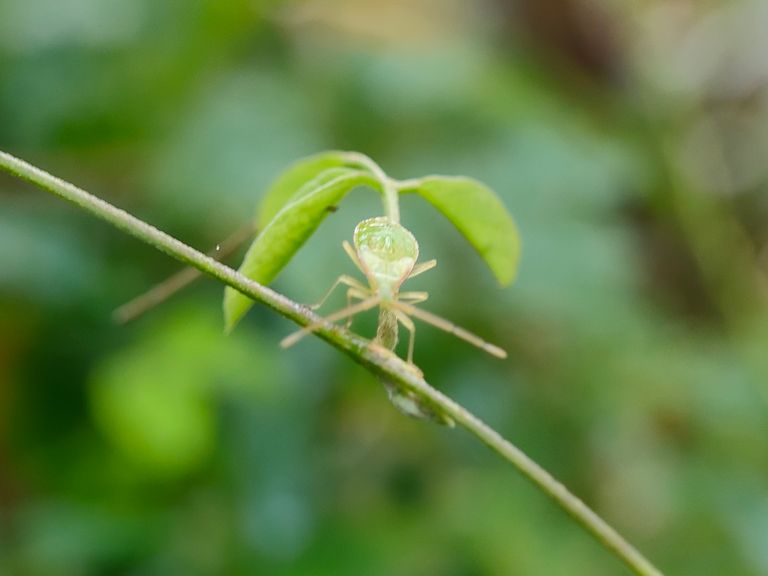

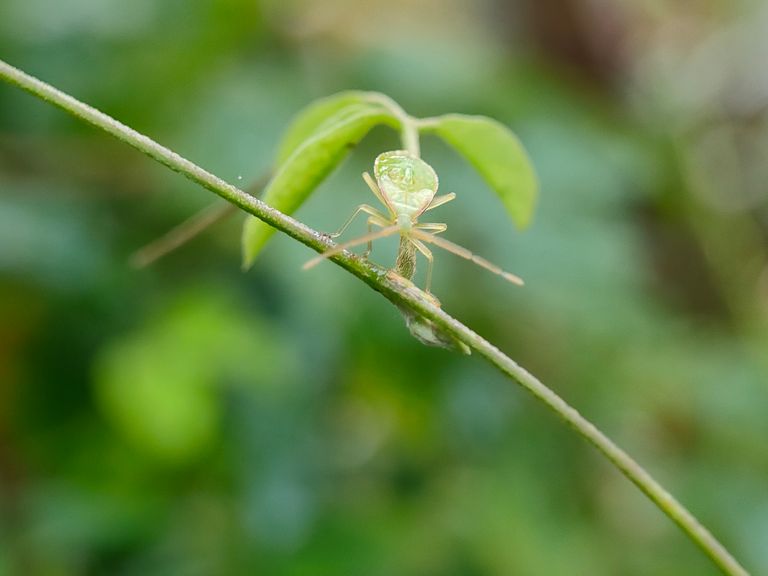
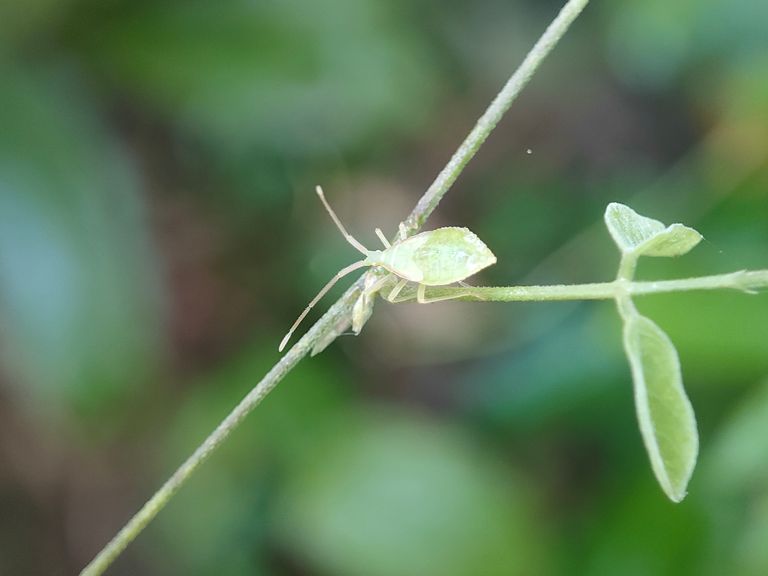


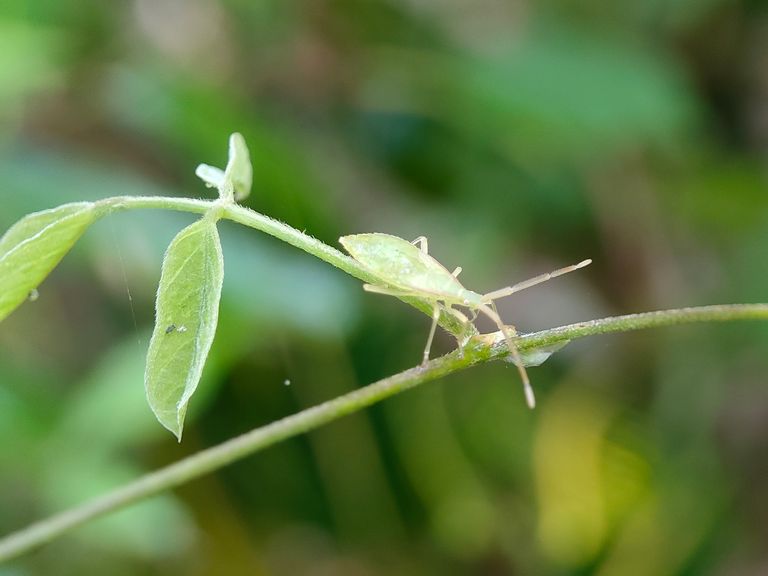

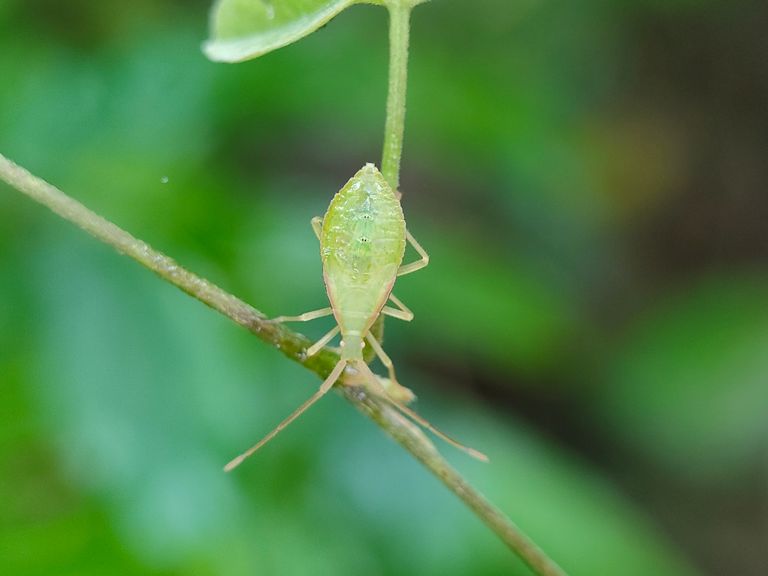
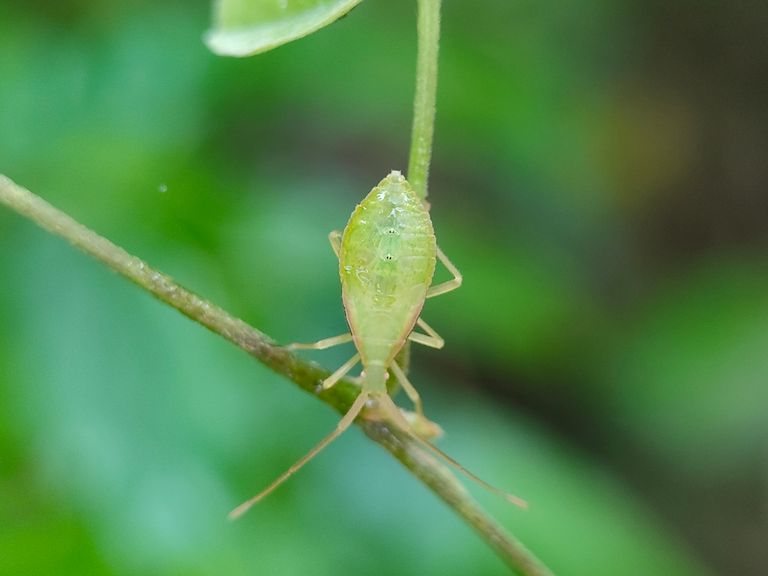

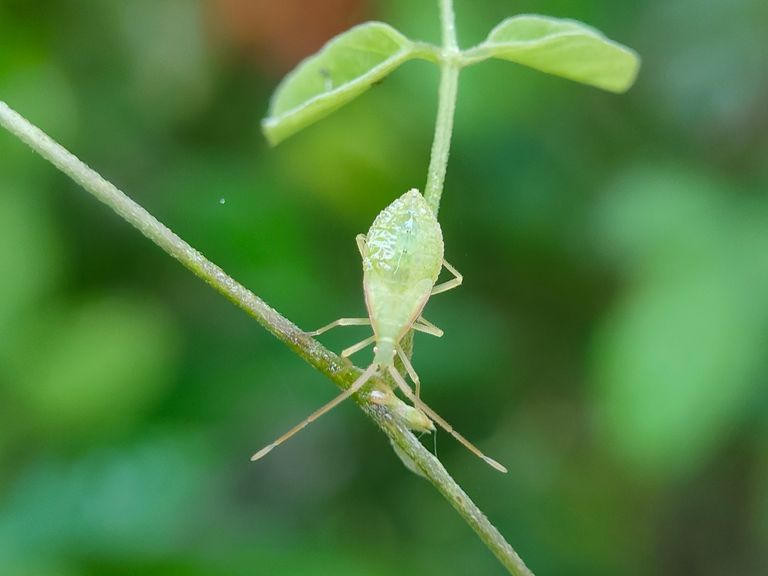
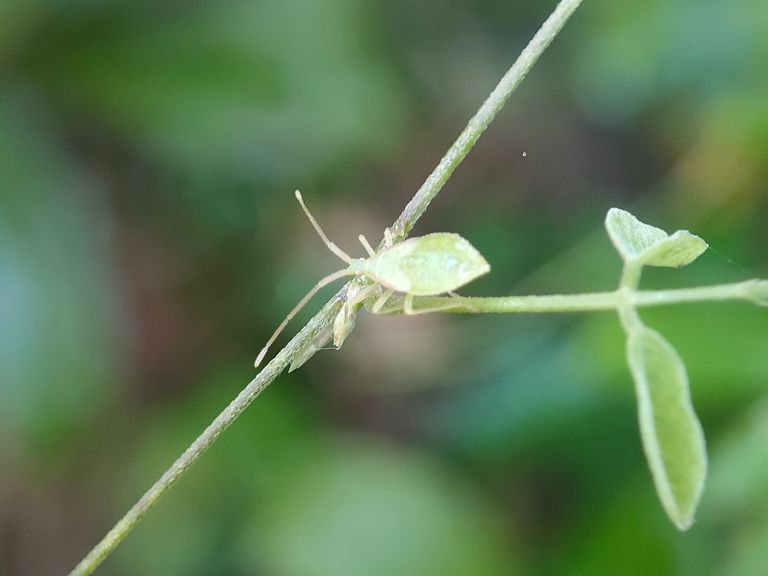
This is all I can say more and less I apologize, hopefully it will be useful for me, and hopefully it will be useful for all readers in general, thank you for visiting my blog, don't forget to follow and vote for my posts. , and one more thing, don't forget to share this post with other friends.
Thank you for visiting my blog, don't forget to follow and vote for me to post, and others don't forget to share this post with other friends.
Greetings to all on Blurtter...
** Your post has been upvoted (19.02 %) **
Curation Trail is Open!
Join Trail Here
Delegate more BP for bigger Upvote + Daily BLURT 😉
Delegate BP Here
Upvote
https://blurtblock.herokuapp.com/blurt/upvote
Thank you 🙂 @tomoyan